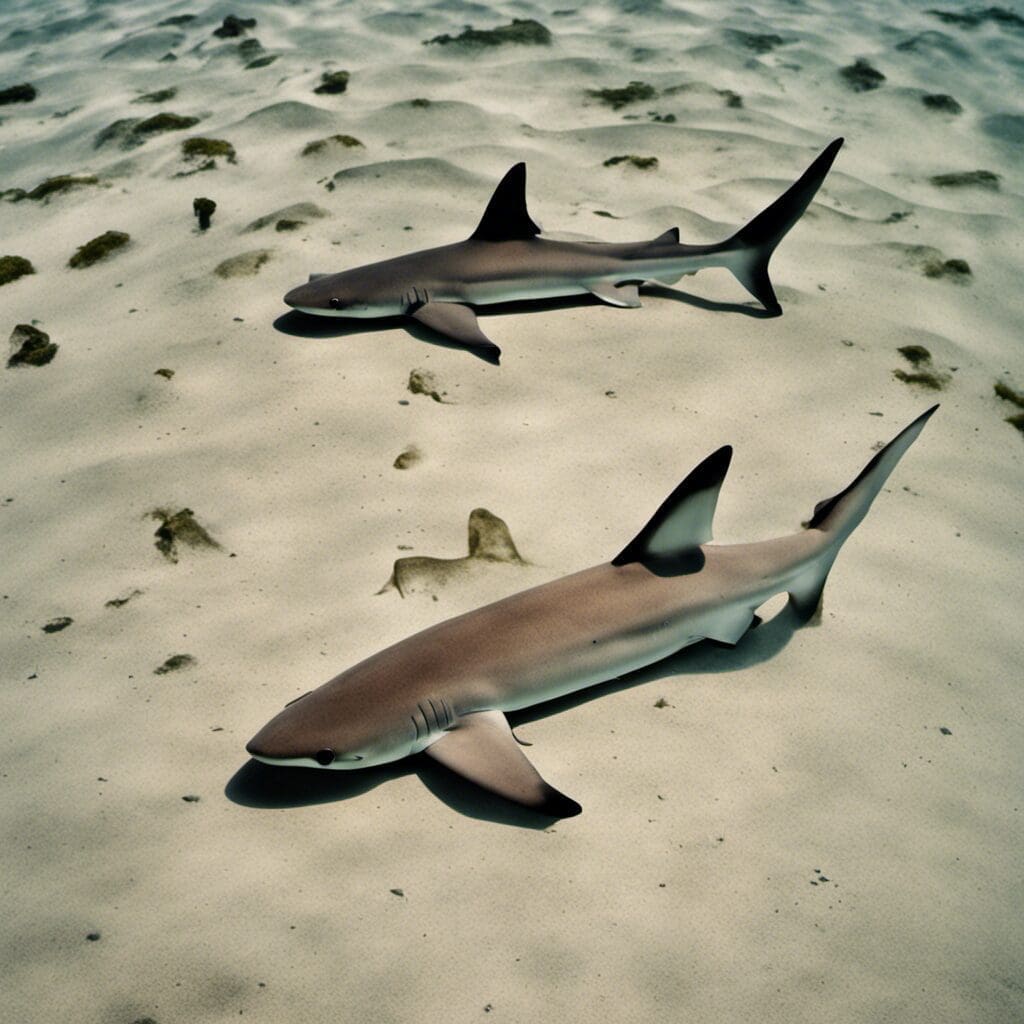Introduction
The Blacknose Shark (Carcharhinus acronotus) is a member of the family Carcharhinidae, better known as the requiem sharks. This species is named for its distinctive black or dusky blotch on the tip of its snout, a characteristic that makes it highly recognizable.
Conservation Status
The Blacknose Shark is currently listed as Near Threatened by the International Union for Conservation of Nature (IUCN). Significant efforts are ongoing to monitor and manage the population levels of this species, given its vital role in marine ecosystem health.
Statistics
- Length: On average, the Blacknose Shark measures around 4.6 feet. However, this species can range from a minimum of 2.6 feet to a maximum length of approximately 4.9 feet.
- Weight: These sharks can weigh around 22 pounds on average. The range is quite varied, with smaller specimens weighing approximately 13 pounds and larger individuals reaching up to 30 pounds.
- Lifespan: The overall average lifespan of the Blacknose Shark is estimated to be around 10-16 years.
Distribution
Blacknose Sharks can be found in the western Atlantic Ocean, spanning from North Carolina in the United States to southern Brazil. These creatures typically do not participate in extensive migrations and often remain within a relatively small home range.
Habitats
These sharks are saltwater species, dwelling primarily in coastal waters above continental and insular shelves. They prefer water depths of between 30 and 65 feet and can tolerate a wide range of temperatures, signifying their adaptability to different environments.
When and Where to See
The Blacknose Shark can typically be spotted during the warmer months of the year. They are seen more frequently during daylight hours near the surface of the water.
Best Fishing Locations
These sharks are most commonly found around various parts of the U.S. East Coast, such as the Miami coastline and off the coast of North Carolina. In other parts of their distribution range, they are found in abundance near coastal areas of Brazil.
How to Catch
Bottom fishing and longlining are popular methods of targeting Blacknose Sharks. They are attracted to squid or fish bait and have a notably aggressive strike which makes them an exciting species to pursue.
Identification Guide
The identifying characteristic of a Blacknose Shark is the dark blotch on the end nose. They have a slender, fusiform body with a long, rounded snout and greyish to greenish upper body with a lighter underbody.
Culinary
While not a primary seafood choice due to their size, Blacknose Sharks can be eaten. They are sometimes used in finned dishes or turned into fishmeal.
Additional Information
Blacknose Sharks are opportunistic feeders, consuming smaller fish and invertebrates. They have been known to fall prey to larger shark species and are threatened by overfishing, either as a targeted catch or as bycatch.
References and Further Reading
For further information, the following resources may be useful:
- Florida Museum: Blacknose Shark
- FishBase: Carcharhinus acronotus

